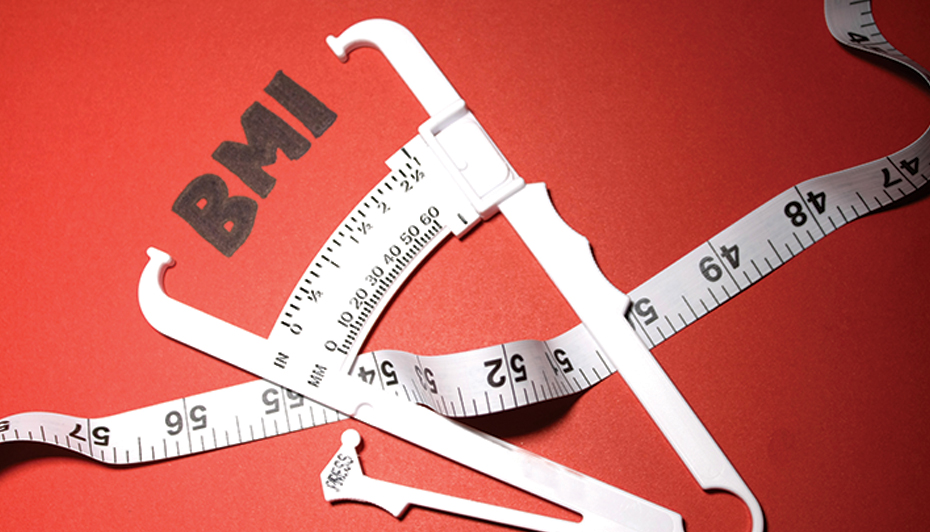After taking my CRC and course, I was told that per CMS morbidly obese was considered to be 40 or greater. I have a provider that is questioning me about this. Can I get a good resource regarding the accuracy of this? Thank you.
-

Register to Access the Free Forums and 3 Free CEUs!
To view the content for the 3 free CEUs, please sign up today.
CLICK HERE TO REGISTER -
The CCO Community is Moving to Circle!
Click Here to Read More -

Missing Access To A Course, Blitz or Exam? Have Technical Issues? Open a Help Desk Ticket
Please Do Not Post in the Community About Access or Technical Issues
CCO Business Hours for Help Desk and Coaching: Mon-Fri 9am-4pm Eastern
What Is Considered Morbidly Obese per CMS?
- Thread starter NatashaP_63838
- Start date

